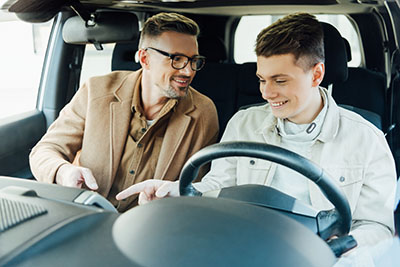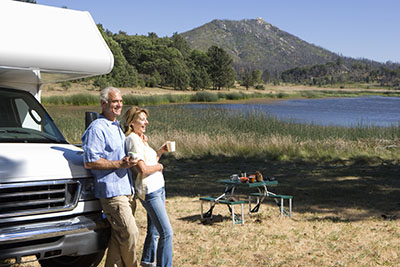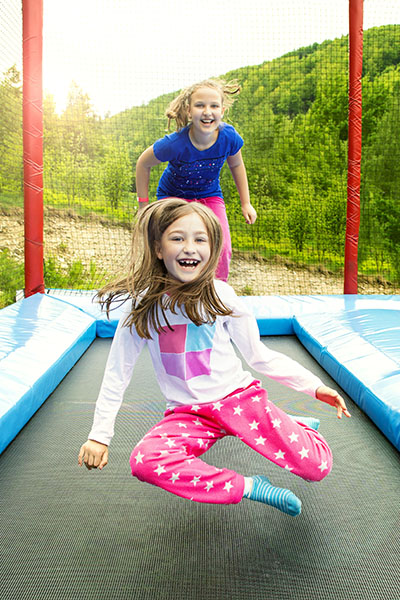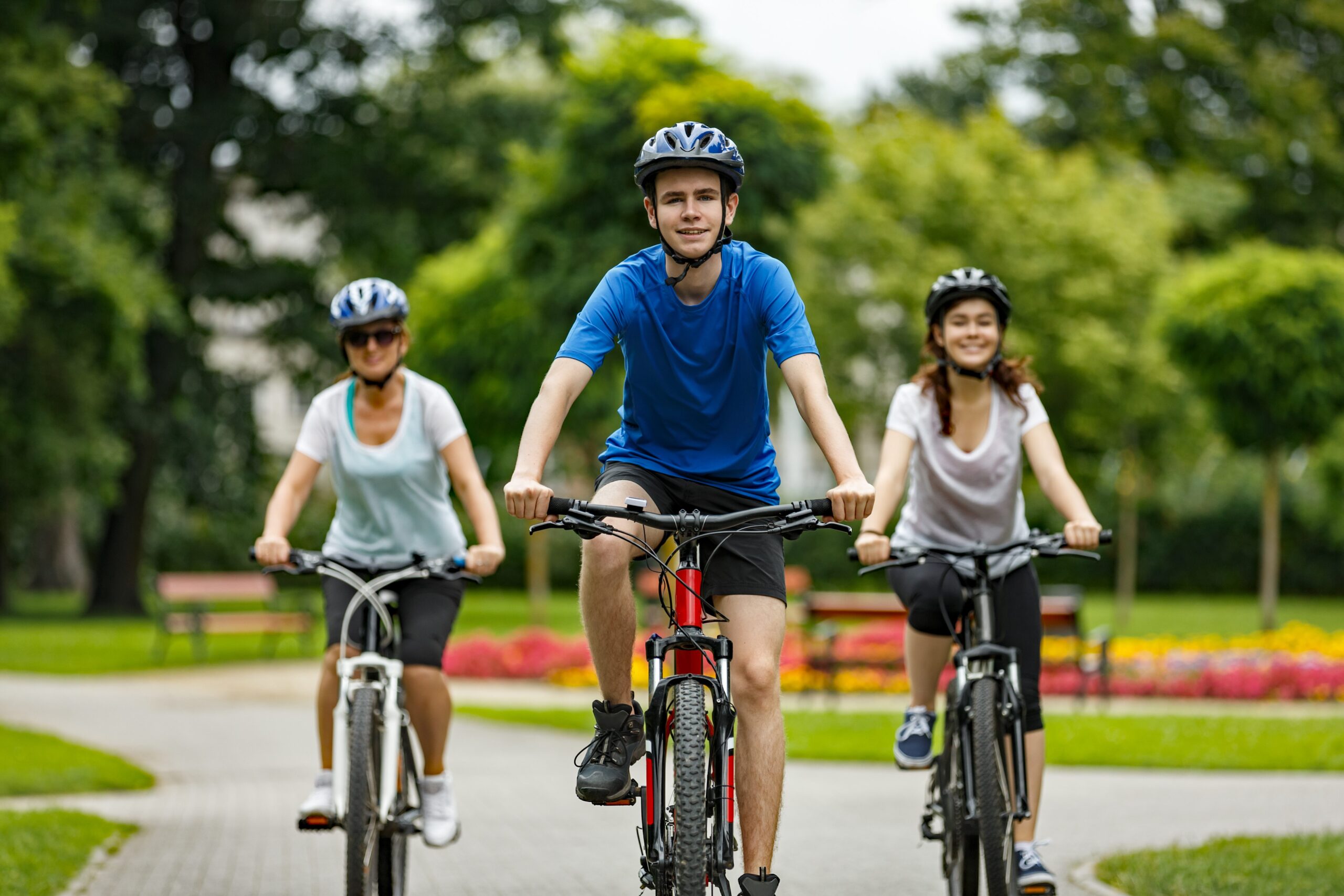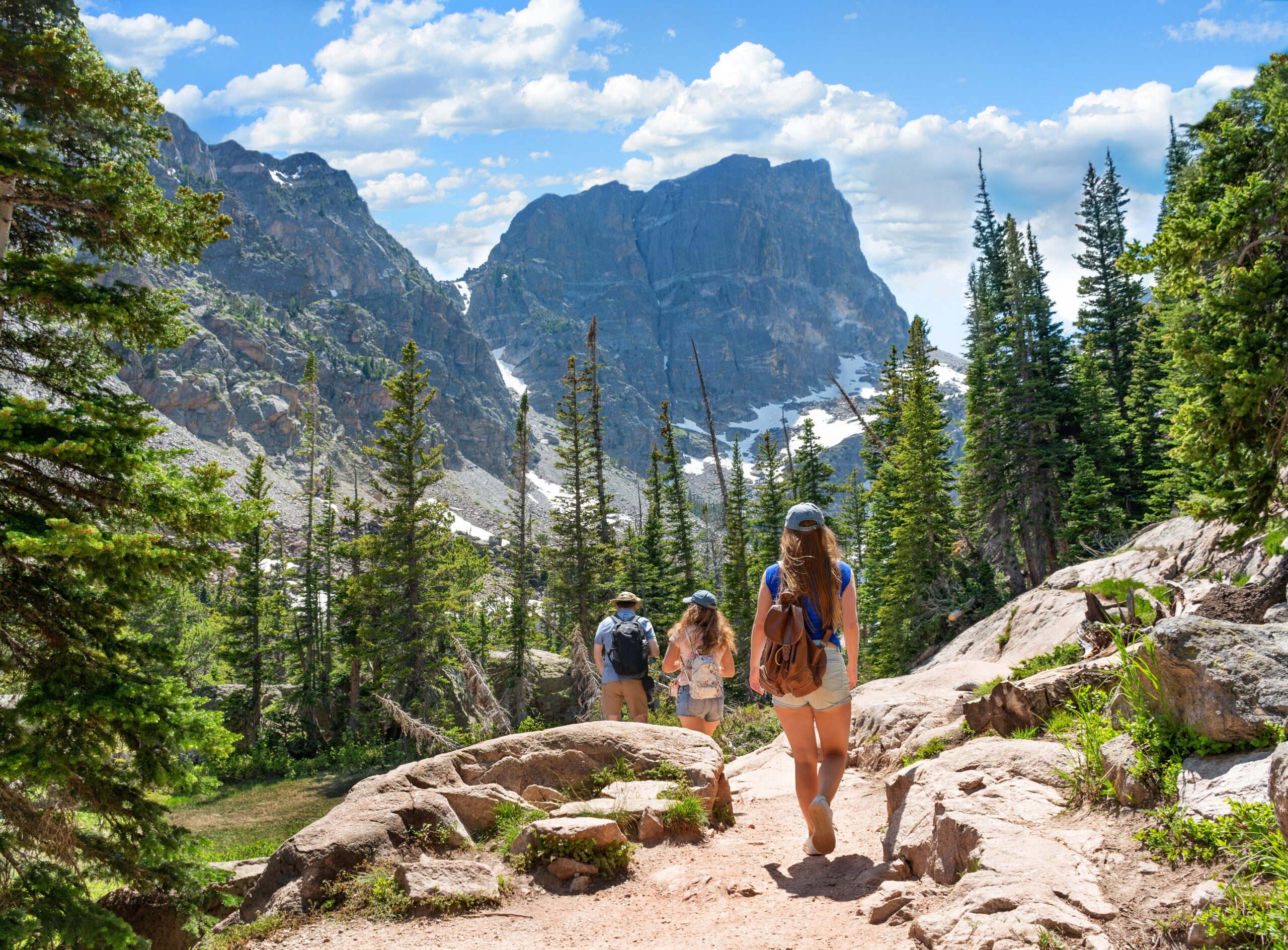Enjoy the Fall Without Getting Burned
As the leaves begin to change and the cooler weather of fall approaches, we renew our appreciation for fire. The warmth of a fire brings with it images of cozy gatherings and good food. Backyard fire pits have grown in popularity over the years and now offer a great way to socialize in relative safety as we can enjoy the company of friends and neighbors and still be outside. Like seemingly all good things, though, fire can be risky.
According to the Journal of Burn and Care Research, “Outdoor fire pits represent an increasing hazard to young children who are particularly susceptible to burn injuries from falls in or around lit recreational fires.” On average, a fire injury occurs every 30 minutes, and each year approximately 3,400 burn injuries become fatal (Burn Statistics).
While backyard fire pits are one concern, what happens in the kitchen can be even more dangerous. Stanford Children’s Health indicates that home-cooking equipment is the “leading cause of home fires and related injuries.”
While medical research has led to advancements that enable 96.7% of patients treated in burn centers to survive, the consequences of serious burns often include serious scarring and life-long physical disabilities (American Burn Association).
Fortunately, there are steps we can take to help keep our family members and friends safe. Before building or purchasing a backyard fire pit or table, spend some time planning. Your fire should be at least ten feet from your house or a neighbor’s yard. Stay away from overhanging tree branches, fences, or anything else that might burn easily. Before burning, check the wind. If the trees are swaying in the wind, save your fire for another day. Only allow adults to start and maintain a fire, and anyone near the fire should not wear loose clothing. Have a fire extinguisher and first aid kit handy, and keep a close eye on any children. Those under five are especially vulnerable.
There are also steps you can take in the house to significantly reduce the risk of burns. Periodically check appliance chords for damage or fraying; unplug appliances when they are not in use; keep children away from hot liquids, hot oils, or deep fryers; turn pan handles in toward the stove; and check the temperature of bottles, other heated drinks, foods, and bathwater before allowing children access. A kitchen fire extinguisher is also a great idea.
You can help keep your family, friends, and neighbors safe by avoiding fire hazards and burns. More fire safety and burn prevention tips can be found in our links below. At Waitte’s Insurance Agency, we care about keeping our community members safe because we are part of the community. Our friendly agents look forward to talking with you about your unique insurance needs.
Oxford Journal of Burn and Care Research
HomeAdvisor "Fire Pit Safety Precautions"


